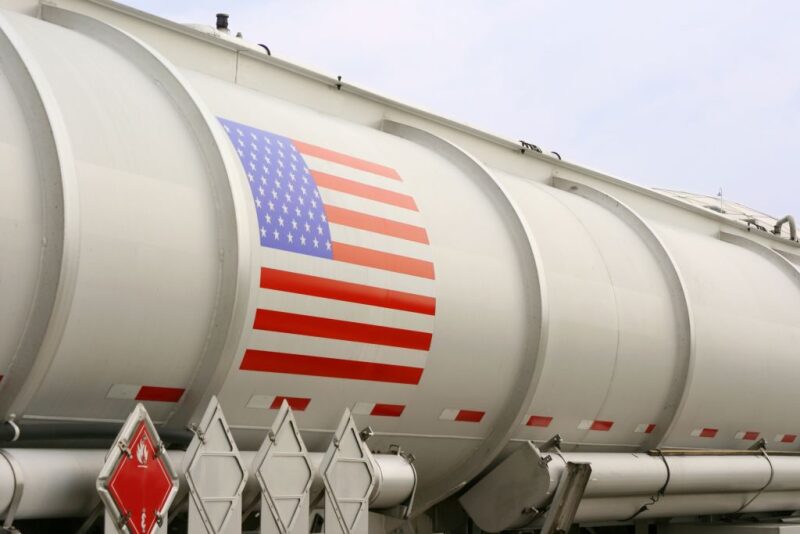As domestic crude inventory continues growing, the US Energy Information Administration (EIA) today (30 April) said commercial stockpiles were approaching record-high levels due to the drop in demand brought on by COVID-19. The EIA noted the pandemic was driving lower transportation fuel demand due to reduced economic activity and stay-at-home orders.
Domestic crude inventory has been building for the past 14 weeks. The latest EIA inventory data for the week ending 24 April showed domestic crude oil inventory was at 527.6 million bbl, up by 9 million bbl (1.7%) from 518.6 million bbl a week earlier, and up by 57 million bbl (12%) from 470.6 million bbl a year earlier.
EIA added that refiners have reduced the amount of production they run through refineries (as measured by gross inputs, which includes crude oil, unfinished oils, and natural gas plant liquids) relatively quickly in response to falling demand, but crude oil production has not responded as quickly and contributed to inventory growth.
“From 13 March (when a national emergency was declared in the US) to 24 April, US commercial crude oil inventories increased by 74 million bbl (16%) and are now 8 million barrels below the record-high value set in March 2017,” EIA said in its weekly commentary.
The EIA noted the US Gulf Coast, which has more than half of US refining capacity, typically has the highest crude oil inventory. From 13 March to 24 April, Gulf Coast inventories increased by 36.4 million bbl (20%) to 221.6 million bbl.
Meanwhile, inventories at the Cushing, Oklahoma, hub increased by 24.9 million bbl (69%) during the same period, with the increases seen 3 April, 10 April, and 17 April ranking as the three largest weekly inventory builds on record. This preceded the record-low Nymex West Texas Intermediate (WTI) futures contract, which settled at -$37.6/bbl on 20 April.
The EIA said that while crude storage at Cushing was scarce, another factor was that a portion of unused space at terminals is required for normal functioning of storage and transportation systems, and the unused space could be held for incoming crude oil or other operational considerations.

